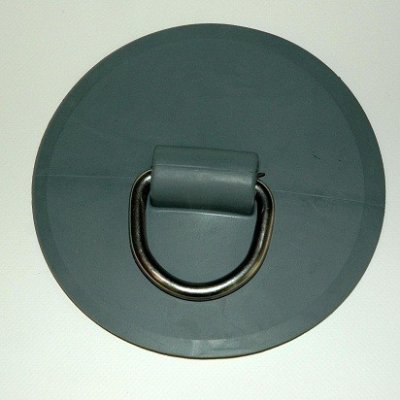So I think I am pretty good at most things i put my mind to but I have come to the conclusion that sealing a pinhole leak on a hypolon dinghy is NOT one of them!! *

I have been agrevated with 2 pinhole leaks at a seam on our Avon RIB and despite repeated attempts, cannot get it to seal. *Now, I am breaking out what I hope will be the big guns:
http://www.westmarine.com/webapp/wcs/stores/servlet/ProductDisplay?catalogId=10001&storeId=11151&partNumber=444679&langId=-1
Anyone ever used this miracle maker concoction? *I am hoping to try it out asap!
I have been agrevated with 2 pinhole leaks at a seam on our Avon RIB and despite repeated attempts, cannot get it to seal. *Now, I am breaking out what I hope will be the big guns:
http://www.westmarine.com/webapp/wcs/stores/servlet/ProductDisplay?catalogId=10001&storeId=11151&partNumber=444679&langId=-1
Anyone ever used this miracle maker concoction? *I am hoping to try it out asap!

